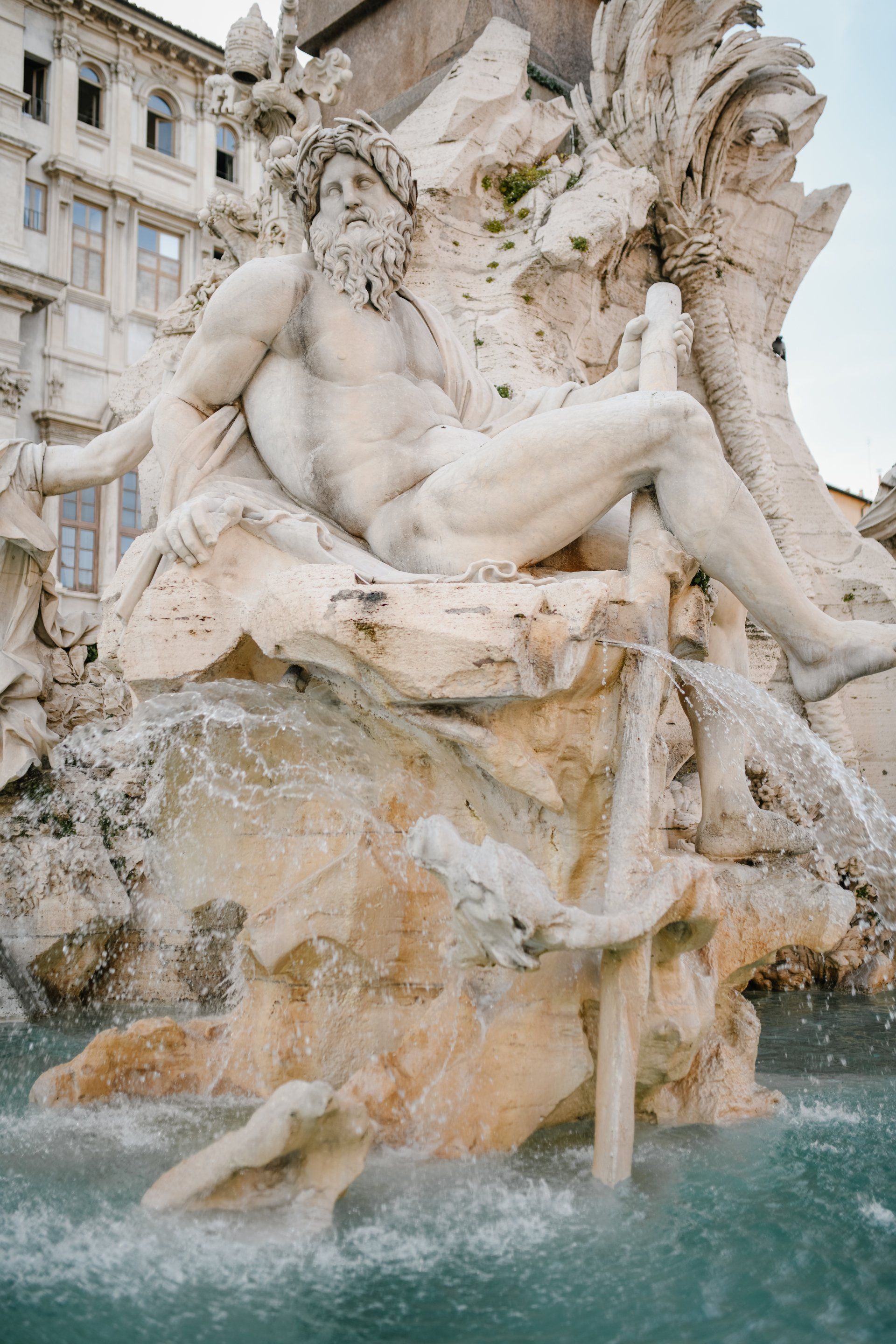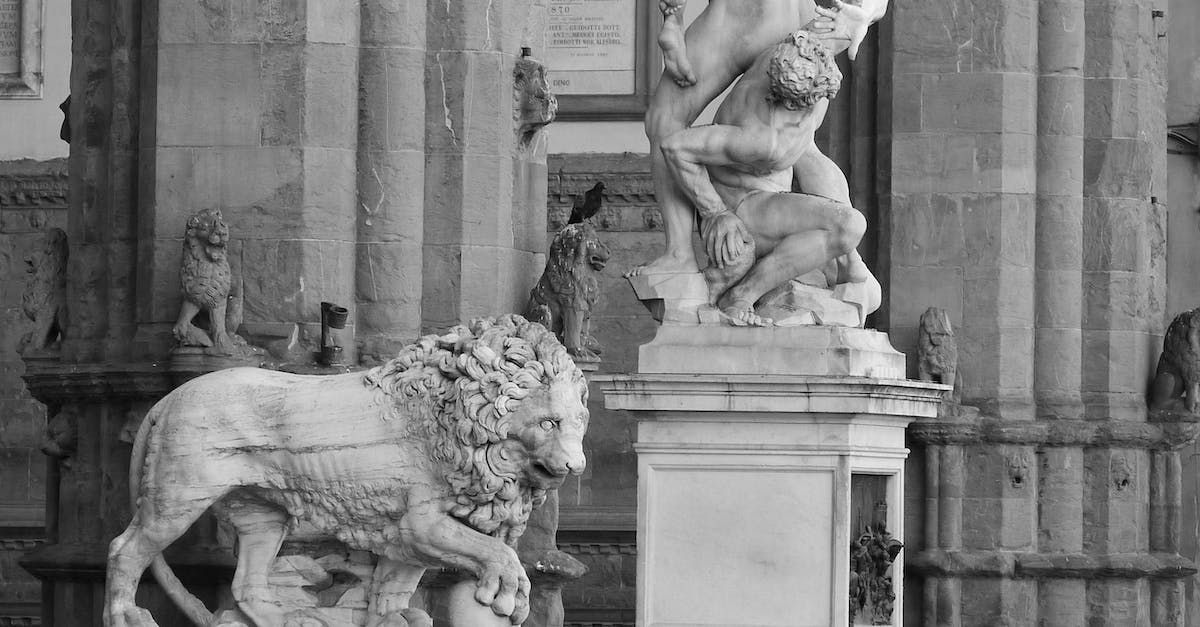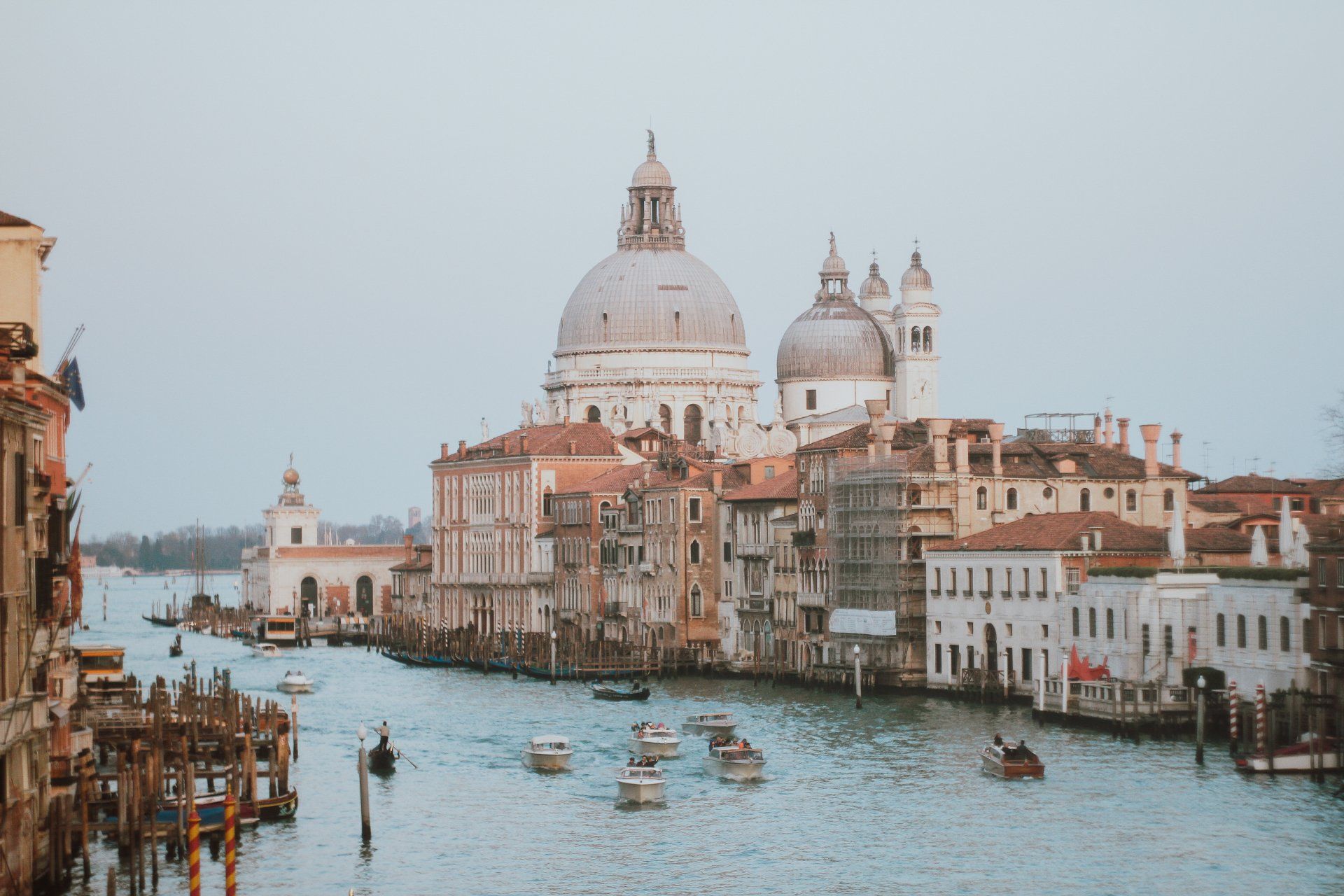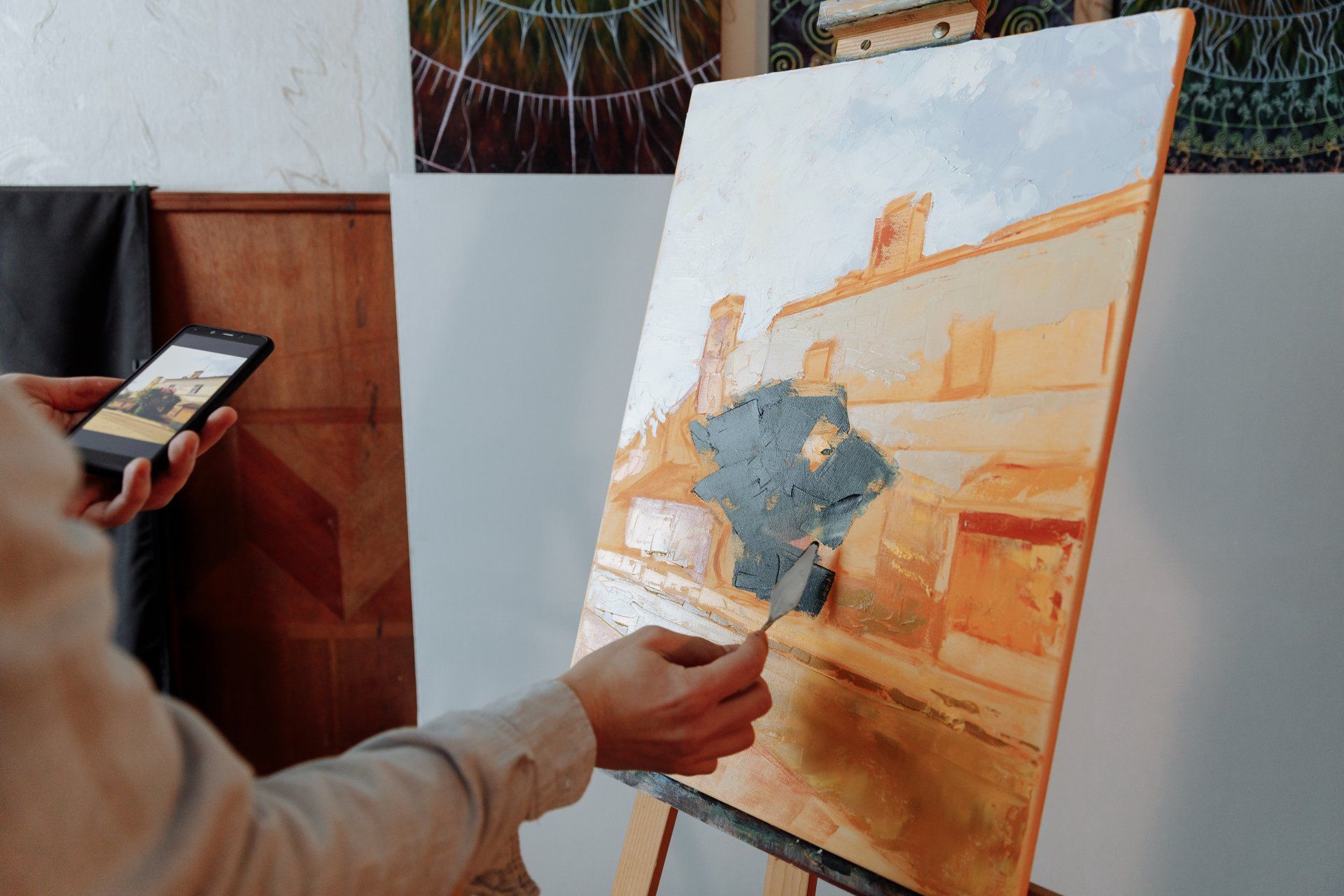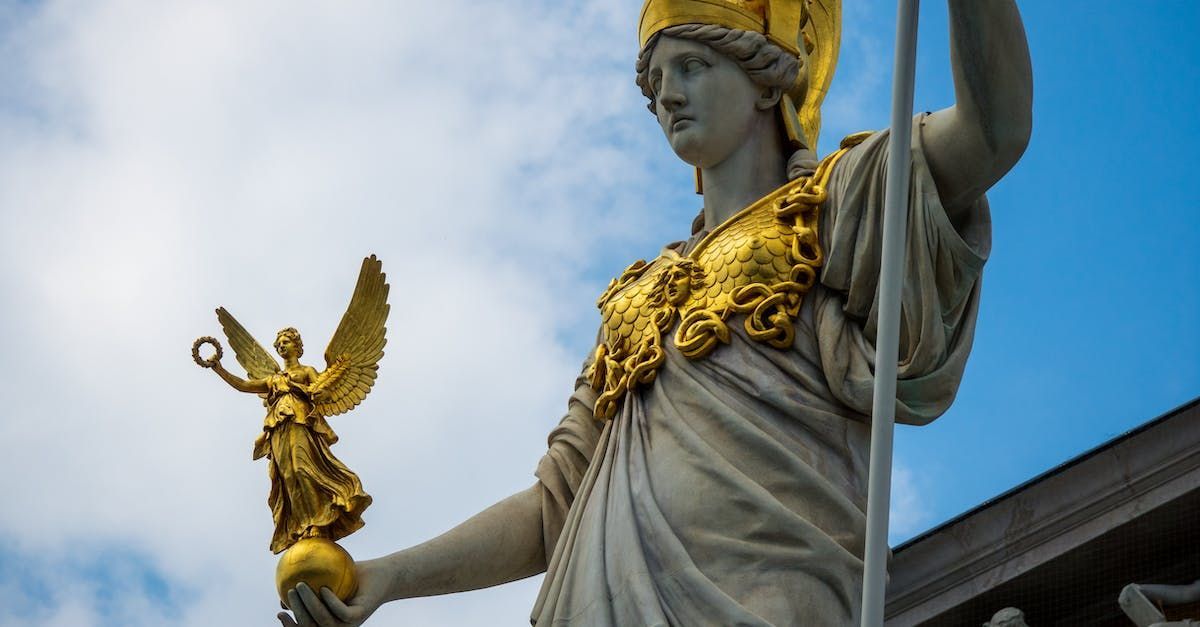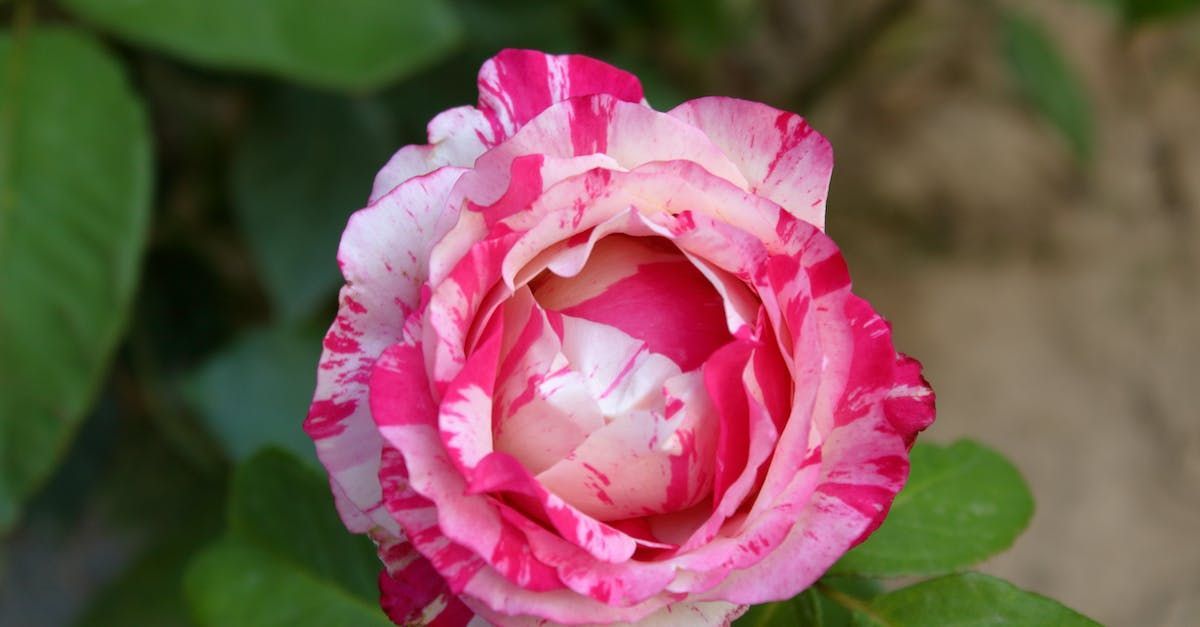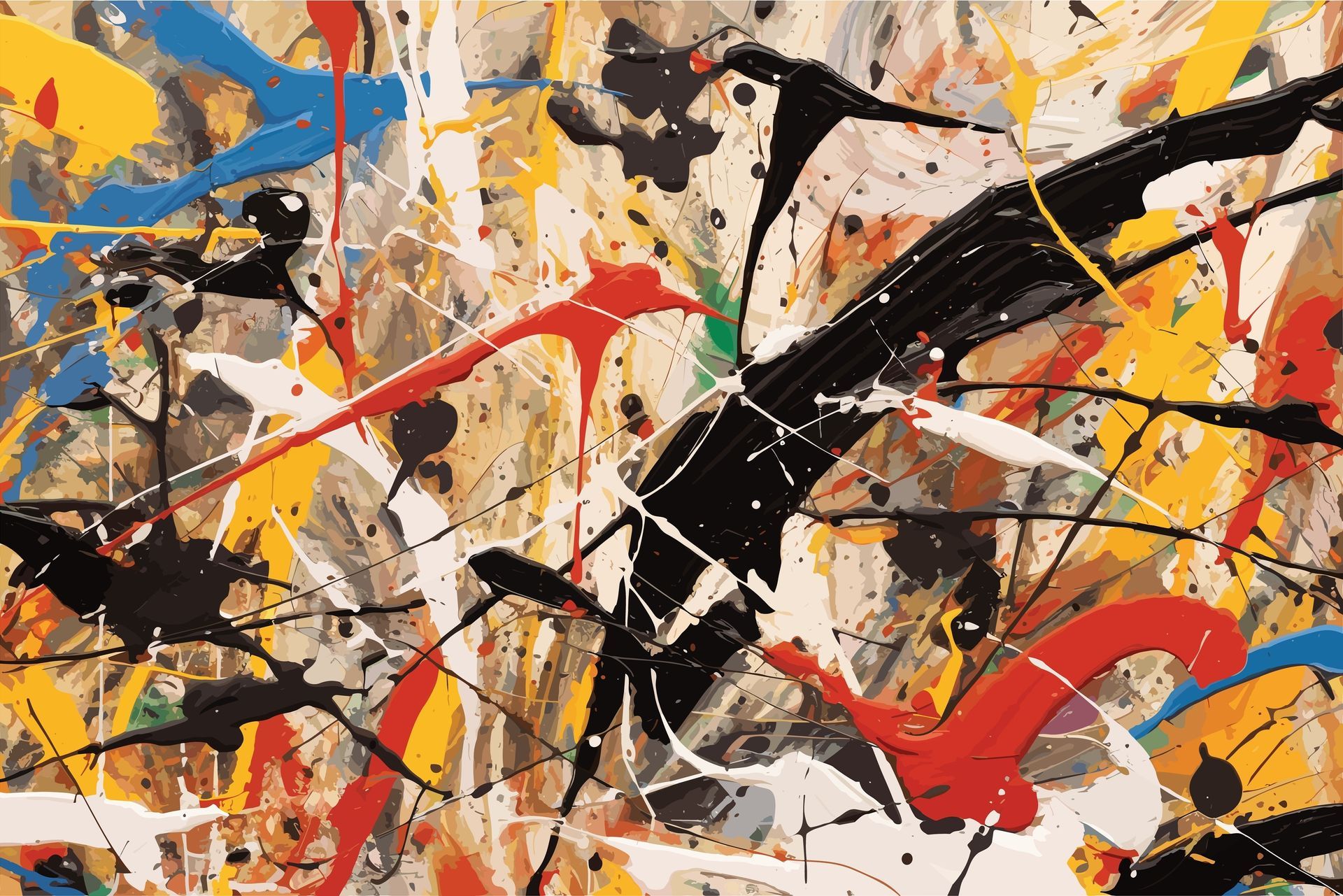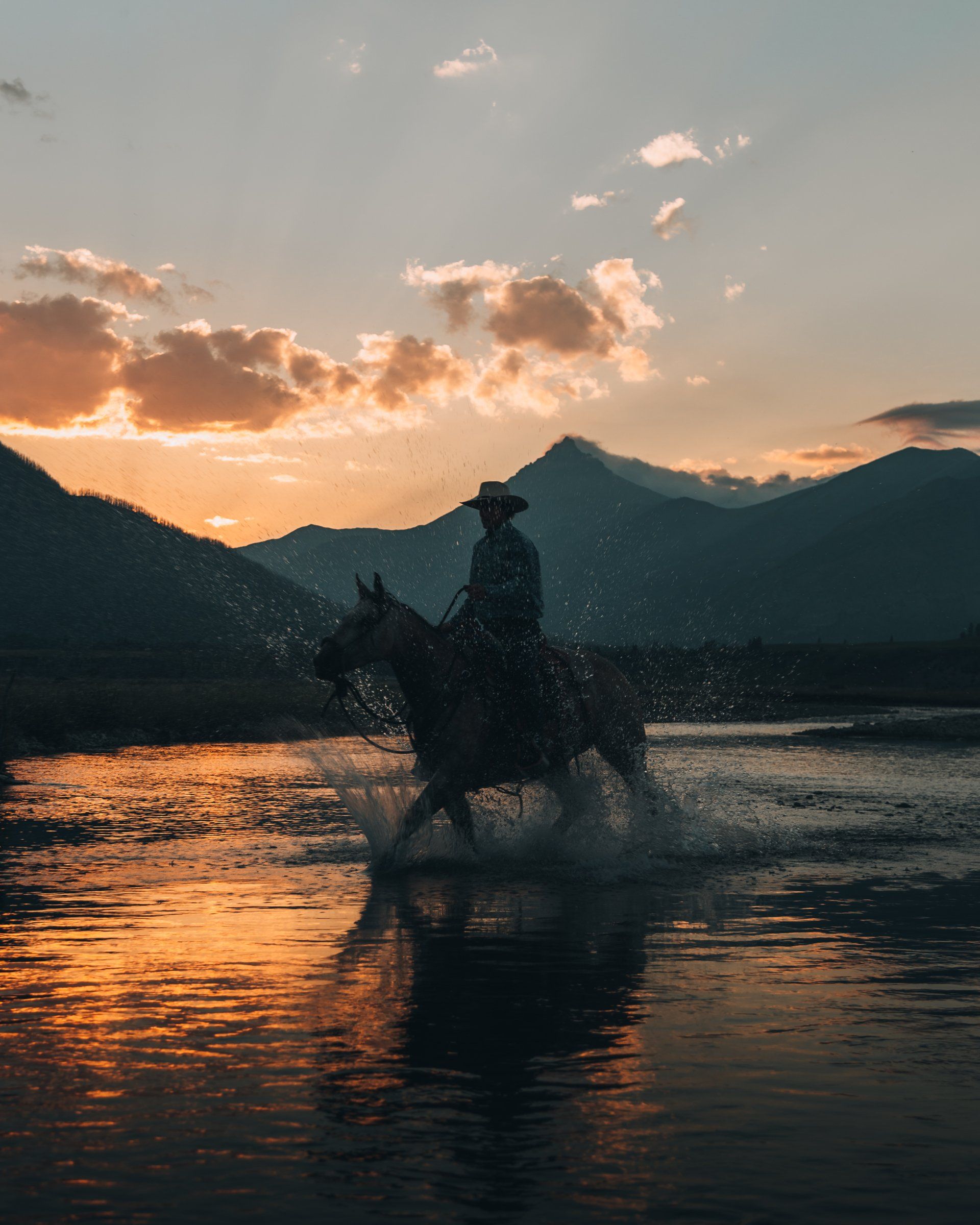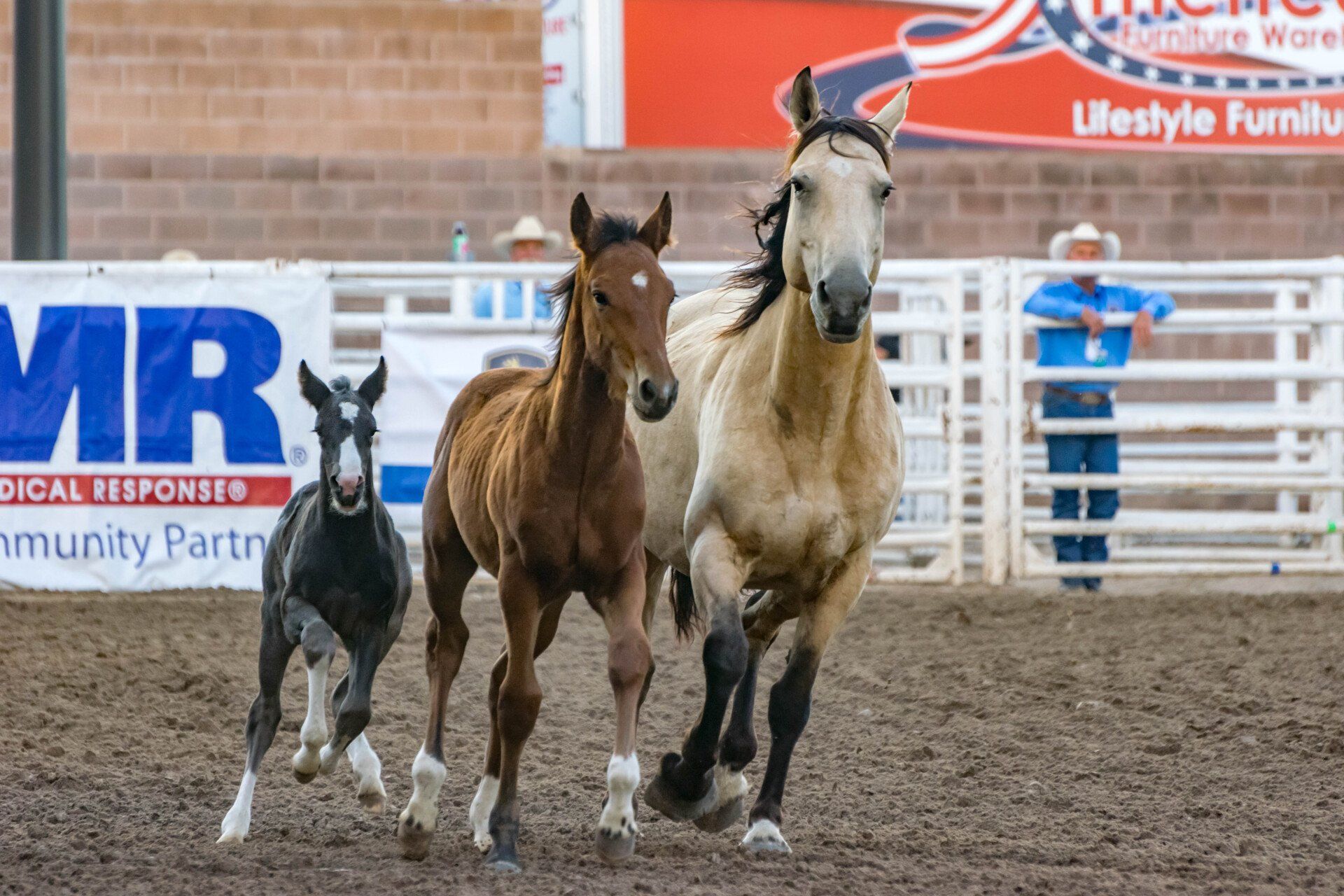Grant Redden
Capturing the essence of the American West
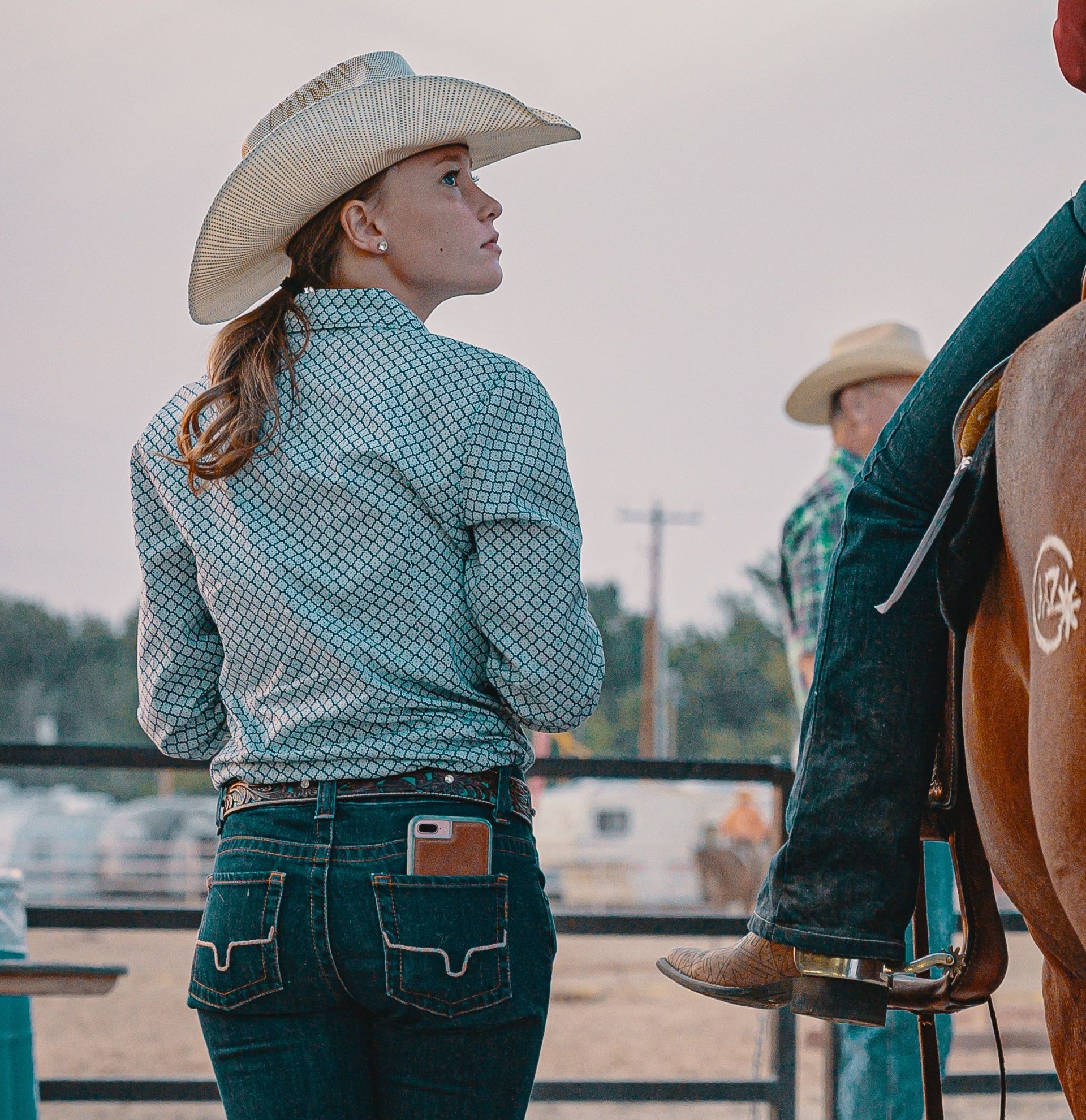
Grant Redden is an artist known for his highly detailed and realistic paintings that pay tribute to the cowboy lifestyle. His artwork captures the essence of the American West, portraying cowboys engaged in various aspects of ranch life. This article explores Redden's artistic style, his dedication to portraying the cowboy way of life, and his ability to evoke the rugged beauty and authenticity of the Western experience.
Highly Detailed and Realistic Paintings:
Grant Redden's paintings are characterized by their meticulous attention to detail and their realistic portrayal of subjects. Through skillful brushwork and a keen eye for capturing nuances, Redden creates artworks that bring the cowboy lifestyle to life. His ability to render textures, capture facial expressions, and convey a sense of movement adds depth and authenticity to his paintings, immersing viewers in the world of cowboys and ranch life.
Tribute to the Cowboy Lifestyle:
Redden's artwork serves as a tribute to the enduring spirit and traditions of the cowboy way of life. Whether it's cowboys herding cattle, roping, or engaged in everyday tasks on the ranch, his paintings convey a deep respect for the dedication, hard work, and skills required of cowboys. By depicting these scenes with precision and authenticity, Redden offers viewers a glimpse into the rich heritage and values associated with the cowboy culture.
Portraying the Everyday Tasks of Ranch Life:
One of the distinguishing features of Grant Redden's artwork is his focus on the everyday tasks of ranch life. From tending to livestock to working with horses, Redden's paintings capture the intricate details and nuances of these activities. By highlighting the beauty and challenges of these tasks, Redden brings a sense of realism and appreciation to the often-gritty and demanding aspects of cowboy life.
Evoking the Rugged Beauty of the American West:
Through his artwork, Redden successfully conveys the rugged beauty of the American West. His depictions of expansive landscapes, vast skies, and the distinctive elements of the Western environment add depth and context to his paintings. By skillfully capturing the play of light and shadow and the subtle colors of the land, Redden immerses viewers in the vastness and natural splendor of the Western frontier.
Grant Redden's highly detailed and realistic paintings serve as a tribute to the cowboy lifestyle and the enduring spirit of the American West. His meticulous attention to detail, authentic portrayal of subjects, and ability to evoke the rugged beauty of the Western landscape make his artwork captivating and evocative. Through his dedication to capturing the essence of the cowboy way of life, Redden not only preserves the rich heritage of the American West but also offers viewers a profound appreciation for the values, traditions, and beauty associated with the cowboy culture.
